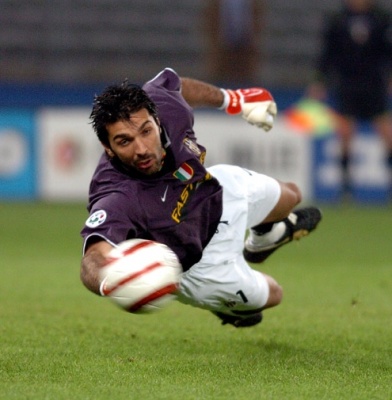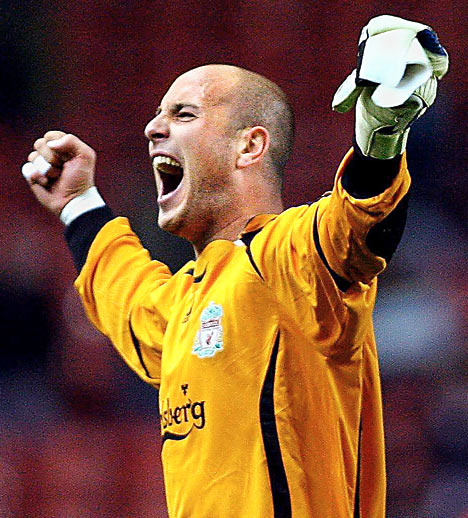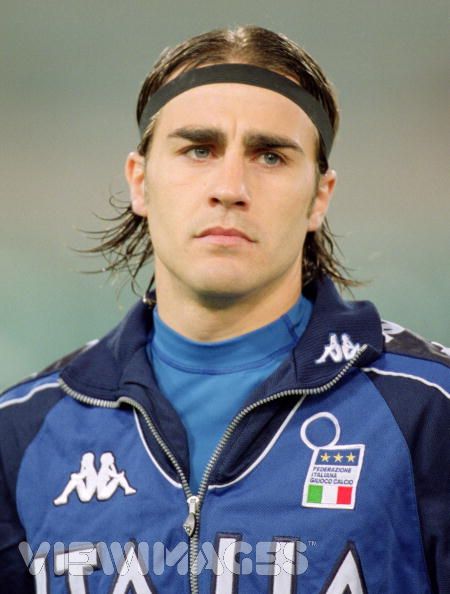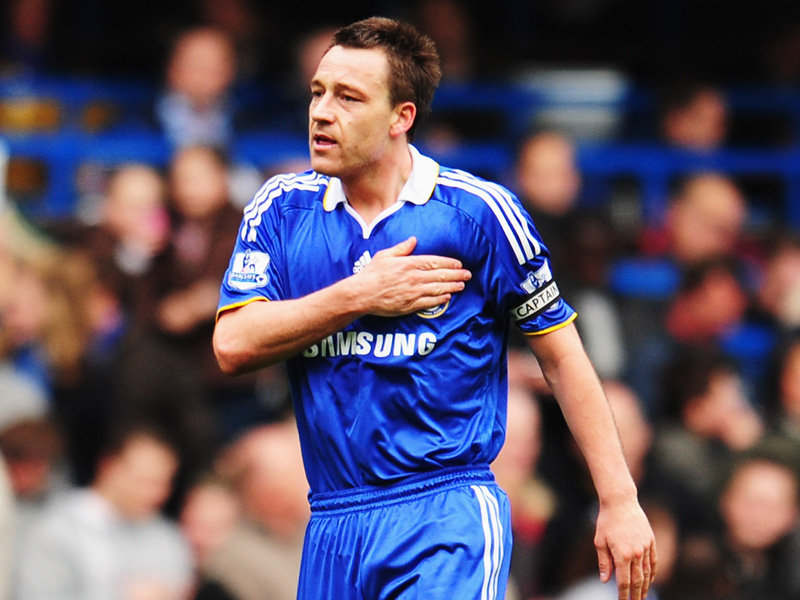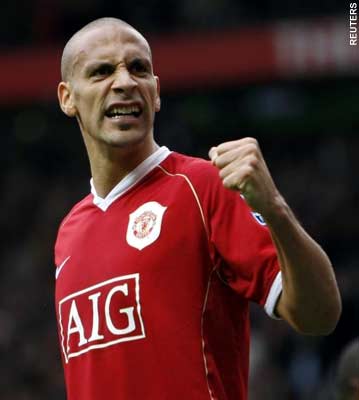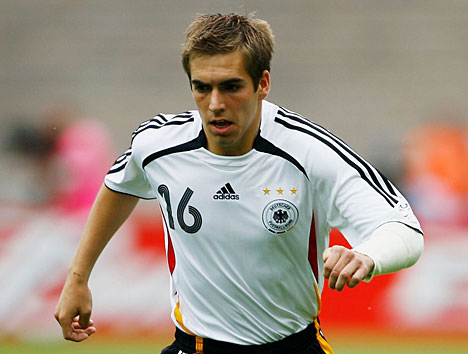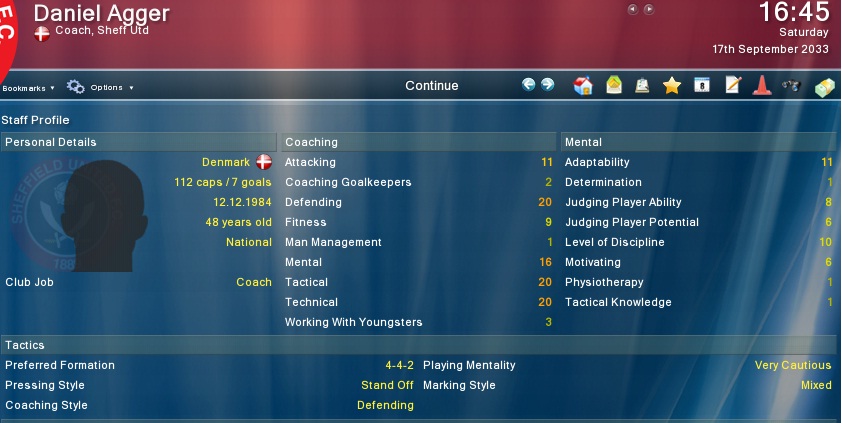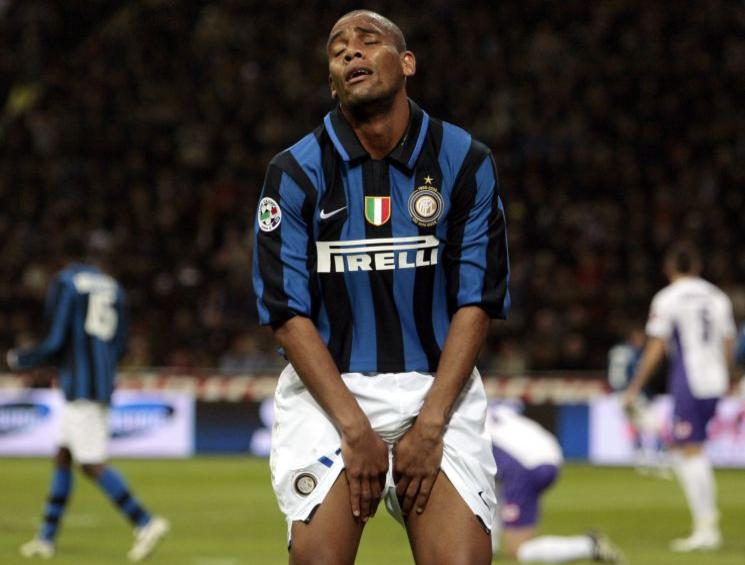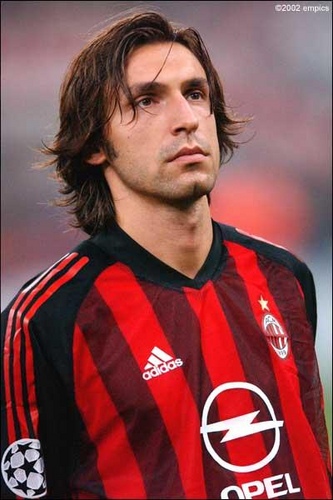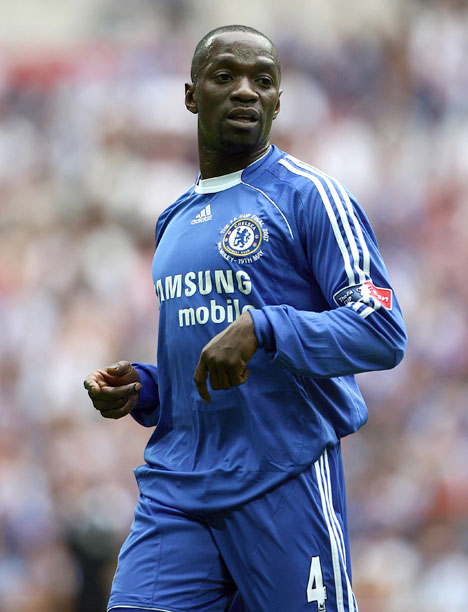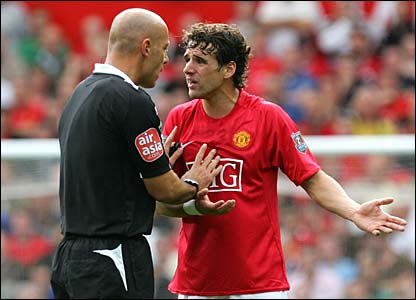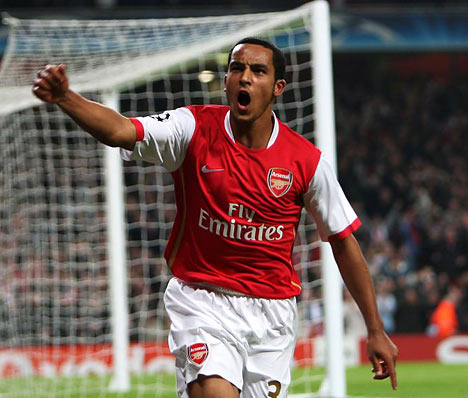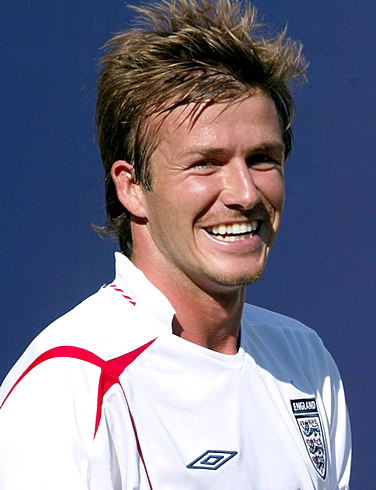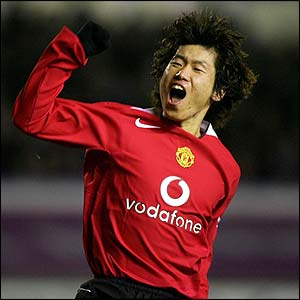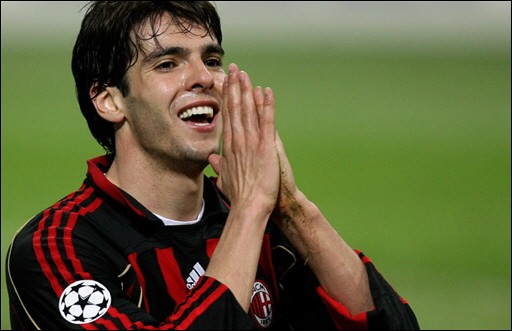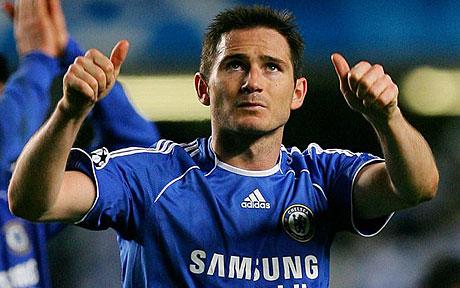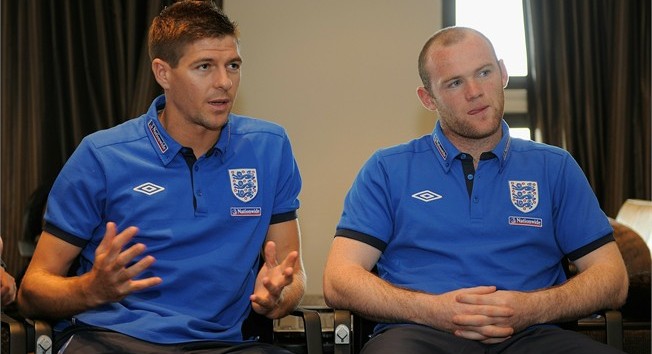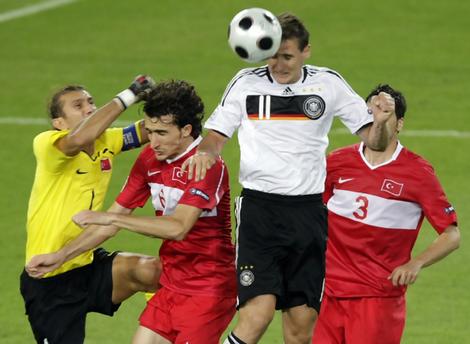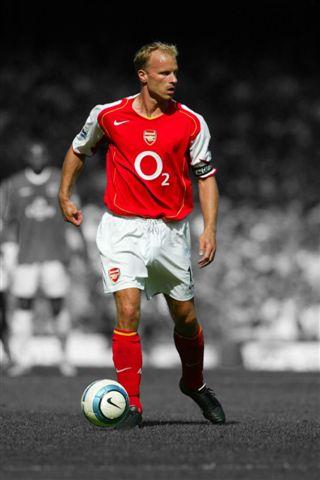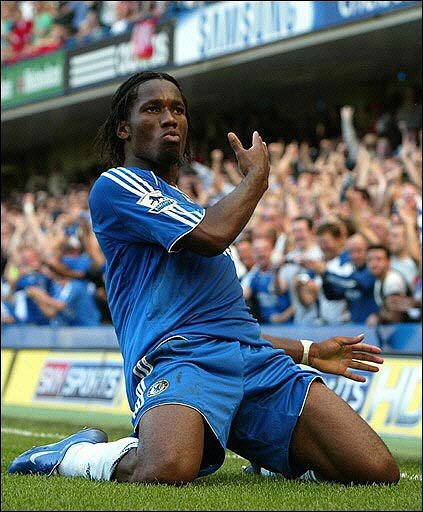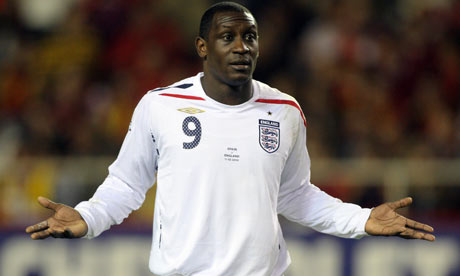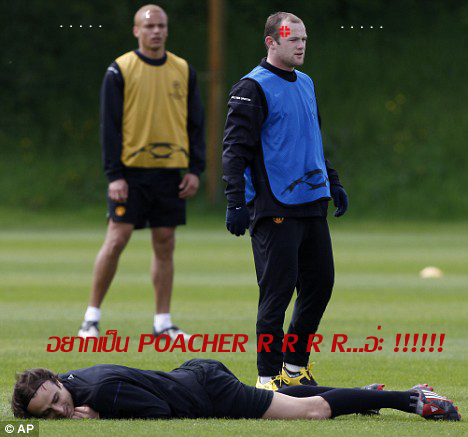 |
 ความคิดเห็นที่ 99
ความคิดเห็นที่ 99 |

Recent developments and beyond
Just as Francis Fukuyama questioned whether we have reached the end of history in the early 1990s, some have recently started to question whether there will be any further changes to tactics. Roberto Mancini suggested that rather than a change of systems the developments of the future would be all in preparation of players. It is realistically too early to call the end of tactical development, but the rate of change has slowed.
Since 2002 the flat back four has been king, with all the subtle variations being made in the midfield and attacking positions. An increasing trend has been towards more layers within a team, so that now it is common to express a system not with reference to three areas (ie a 4-4-2), but to four or more (ie a 4-2-3-1). Whether this reflects an increasingly subtle distinction between positions or merely an increasing appetite among the public for tactical analysis is unclear.
An increasing trend has been to move away from two out and out strikers. Whereas it was common to have a pair of goalscorers up front, it is now far more common for their to be only one or even none. For instance England at present play up front with Emile Heskey as the lone target man, a player who has managed just 7 goals in 57 games, but is chosen ahead of more prolific options on the basis of his workrate and ability to bring team-mates into play.
A further interesting development has been the increasing use of wing-forwards. By the 1990s outside of Holland and Barcelona, the 4-3-3 appeared dead, yet in the 2000s the use of a three pronged attack has been resurgent. In some cases, like at Chelsea under Joe Mourinho, the system has operated more as a 4-5-1, with the wingers quickly dropping back into midfield when out of possession in order to give greater defensive solidity. In others, such as at Barcelona under Guardiola, it has been a distinct 4-3-3, with the wing-forwards being given minimal defensive responsibility, resulting in epic goalscoring.
Barcelona Under Guardiola
---------Valdes
Alves---Puyol---Pique---Abidal
-----------Toure
-------Xavi------Iniesta
--Messi------Eto'o----Henry
At Roma, the team operated for some time without any recognised centre-forward. Leading the line was Francesco Totti, a trequarista or withdrawn forward, who would drop deep into midfield and allow the midfielders to break in behind him. The great advantage of this system, as well as overloading the midfield, was that it left the opposing defenders with nobody to mark. Roma thus used the absence of a recognised striker to their own advantage, and were able to twice finish as runners up in Serie A with Totti enjoying some of his most prolific goalscoring spells.
Even at Old Trafford, the traditional home of the 4-4-2, Alex Ferguson flirted with more adventurous systems. Lacking a central strikers in a similar way to Roma, United would frequently start with a forward trio of Rooney and Tevez, both support strikers, in tandem with Cristiano Ronaldo, nominally a right-winger. Yet again the movement of the three left defences in shreds and enabled United to reach consecutive Champions League finals, as well as winning a hat-trick of Premiership crowns.
Manchester United's Move to 4-3-3
----------Van Der Sar
-Brown--Ferdinand--Vidic--Evra
---Fletcher--Carrick--Scholes
----Ronaldo--Tevez--Rooney
The final change has been the loss around the globe of the traditional playmaker. With the loss of the sweeper from formations due to the change in the back-pass rule, and the increasing employment of defensive midfielders to stifle attacking playmakers, numerous managers chose to combine the two roles and use a deep lying playmaker. Sitting just in front of the defence, the deep lying playmaker enjoyed the protection of his defence, and was far enough away from the opposing defensive midfielders to have time and space with the wall. Fernando Redondo of Real Madrid showed how the role should be played, while Andrea Pirlo, previously a trequarista, helped both Milan and Italy to considerable success in the 2000s.
AC Milan v. Liverpool 2007
--------------Dida
Oddo---Nesta---Maldini--Jankulovski
----Gattuso--Pirlo--Ambrosini
-----------Kaka-------------Seedorf
-------------Inzaghi
Whether Mancini was right and that there will be no further tactical changes or whether yet more tactical revolutions are soon to take place remains to be seen. What is certain is that tactics are back on the map as a mainstream subject of interest. Managers will always seek to gain an edge on their opponents and as can be seen through this brief history, almost every great team has made some tactical innovation which has helped them on their path to glory.
| จากคุณ |
:
AnotherPractitioner  
|
| เขียนเมื่อ |
:
6 ส.ค. 53 21:23:13
|
|
|
|
 |

